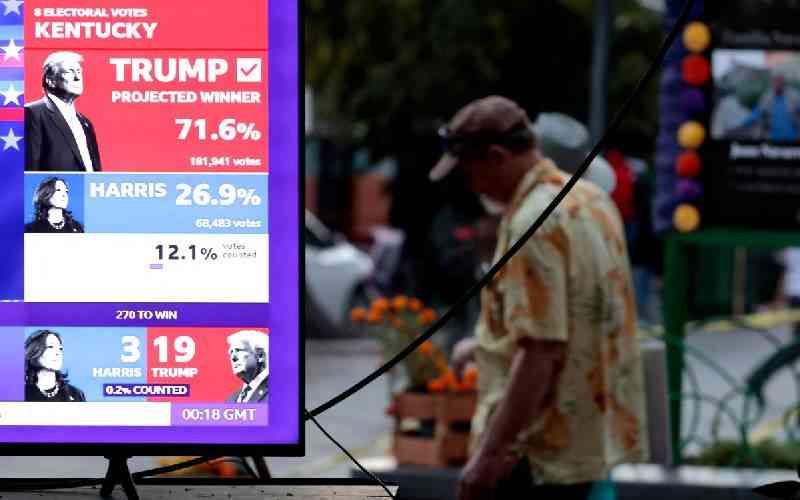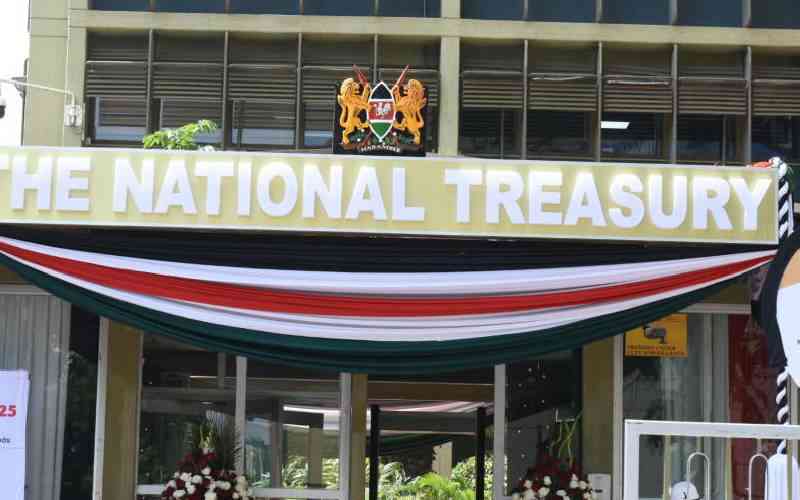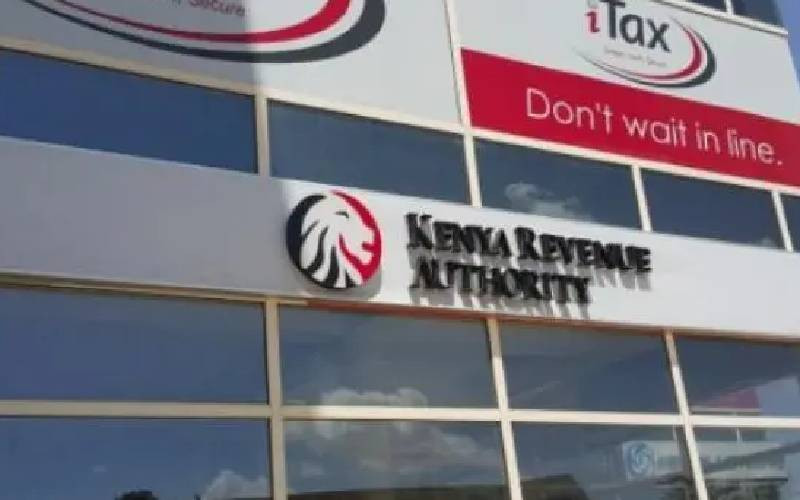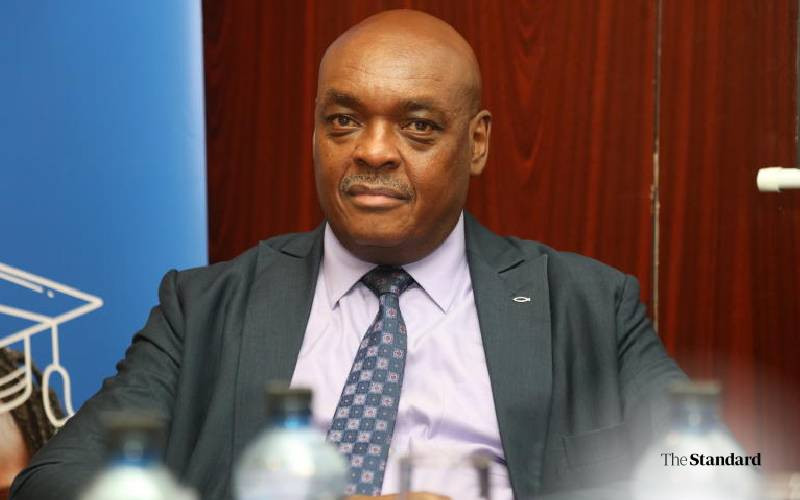
The Electoral College is a unique system for electing the President and Vice President of the United States, established by the Founding Fathers in the Constitution.
It is not a physical location, but a process that balances the vote of Congress with the popular vote of citizens.
This compromise allows for both a democratic popular vote and state-based influence in the presidential election, reflecting the federal structure of the U.S.
How Does the Process Work?
The Electoral College involves three main steps:
Electoral Vote Distribution
The Electoral College consists of 538 electors. Each state has a number of electors equal to its Congressional representation—one elector for each member of the House of Representatives, plus two for its Senators.
The District of Columbia, via the 23rd Amendment, is granted three electors. To win the presidency, a candidate must secure a majority of 270 electoral votes.
Selection of Electors
Each presidential candidate has a group of electors, or a “slate,” typically chosen by their party within each state.
While the rules on elector qualifications vary, electors are often party loyalists or notable figures. When voters cast their ballot for a presidential candidate, they are actually voting for the electors chosen by that candidate’s party.
The General Election and Voting Process
The general election takes place every four years on the Tuesday after the first Monday in November.
Most states use a “winner-take-all” approach, where the candidate with the most votes in a state claims all its electoral votes. However, Maine and Nebraska use a form of proportional representation, allocating electoral votes by congressional district.
What Happens After the Election?
After the general election, state officials issue a Certificate of Ascertainment, listing each candidate’s electors and the number of votes they received.
The electors then meet in December to vote for President and Vice President, and their votes are recorded on a Certificate of Vote.
This certificate is sent to Congress and to the National Archives.
Congressional Vote Counting
Stay informed. Subscribe to our newsletter
On January 6, Congress holds a joint session to count the electoral votes, with the Vice President presiding.
This session is mainly procedural, and Congress announces the President and Vice President-elect, finalizing the outcome.
On January 20, the President-elect is sworn in, marking the official start of their term.
Why the Electoral College Matters
The Electoral College system allows states to play a decisive role in presidential elections and shapes campaign strategies, with candidates focusing on states with higher electoral votes.
Supporters argue that it balances state and federal interests, while critics contend that it can sometimes lead to a President winning the Electoral College without winning the popular vote.
This happened in the 2016 election when Donald Trump won the presidency despite losing the popular vote to Hillary Clinton.
In that case, Clinton won nearly 3 million more popular votes, but Trump secured enough electoral votes to win the election.
While a candidate needs 270 electoral votes to win, it is possible for a candidate to lose the popular vote but still win the presidency, sparking ongoing debates about the relevance and fairness of the Electoral College in modern democracy.






